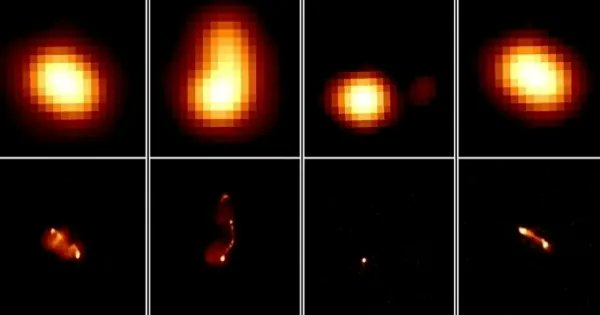With better computers comes more battery imagery. Or at least that’s true most of the time. Supercomputers are extraordinarily good at image processing, so it’s normally worth it when a new algorithm comes along that they can turn their attention to. That’s exactly what happened with an algorithm recently developed by Ph.D. student Frits Sweijen and his colleagues at Leiden University. They used several supercomputers’ image processing power to simulate and enhance the resolution of radio images captured by the International LOFAR telescope.
Continue reading “A Supercomputer Gives Better Focus to Blurry Radio Images”Supercomputer Simulates What Happens When Meteors Strike the Atmosphere
In space, it’s almost always raining dust. Most of that dust is so small a microscope would have a hard time seeing it. Created by asteroid impacts, millions of these fine dust particles collide with Earth’s upper atmosphere every second. When they hit that atmosphere, they start a complex dance of plasmas and energy that can be difficult to see and understand.
Continue reading “Supercomputer Simulates What Happens When Meteors Strike the Atmosphere”

